Belfast and its Troubles
As I stand in front of the International Wall in Belfast, topped with barbed wire and splashed with political murals, I can't help feeling like I've seen it before. Like I've stood here before.
And yet, when I stood in front of the colorful murals at Berlin's East Side Gallery – painted on a still-standing section of the now-defunct Berlin Wall – I stood there with the knowledge that that part of Berlin's past was behind it. That part of the wall stands now only as a symbol; a reminder of how things used to be.
In Belfast, however? The walls and gates scattered throughout the city of Belfast are still there to serve a purpose.

I walk up to a closed-up gate; it's a Saturday afternoon, and my Black Taxi driver/guide Brian explains to me that all the gates in the city close to traffic at nights and on weekends. Unlike in Berlin during the Cold War days, however, this doesn't mean that you can't cross from one side of the city to the “other.” It just simply means you have to make a detour; take a slightly longer route.
“It started when I was 9,” Brian says. He's referring to what the wider world would eventually come to refer to as “The Troubles” — politically-driven violence in Belfast that would stretch over a span of nearly 30 years and claim more than 3,600 lives.
“I thought it was normal,” he says. “When I started driving (a taxi), I would just go about my business. The walls? They were just an inconvenience. Only now, giving these tours, are we starting to realize that it's not normal.”
As I stare at a mural of a little girl sitting on a swing beneath barbed wire coated in years worth of plastic and paper debris, I have a hard time fathoming that this could ever feel “normal.”
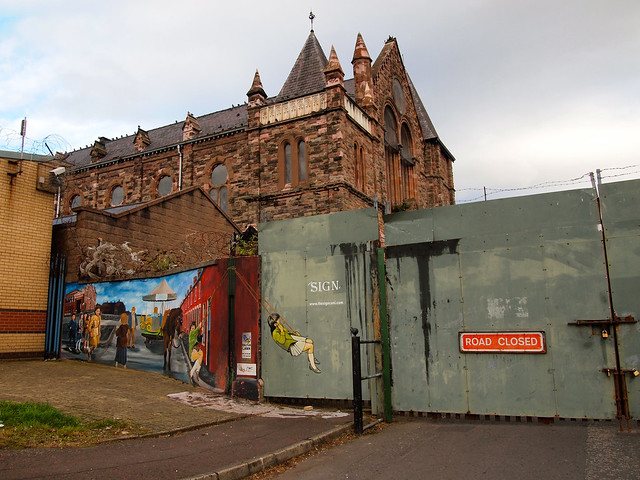
“The Troubles” in Belfast
Most historians will tell you that The Troubles were not a religious conflict. They will say that it all began in the late 1960s with the Loyalists/Unionists arguing with the Republicans/Nationalists about whether or not to stay a part of the United Kingdom, or to join the free state of Ireland.
And it's true that a big part of the conflict was based around this question of national identity. But tied to this national identity was the matter of religion — most of the Loyalists were Protestant, and most of the Republicans Catholic.
From the 1920s right on through the 1960s, Catholics in Northern Ireland were essentially treated as second-class citizens. They were not allowed to vote, and could only hold menial jobs no matter how great their skills/knowledge were. In 1964, a (peaceful) civil rights movement was begun by the Nationalists seeking to put an end to the discrimination of Catholics in Northern Ireland.
It only took a few years, however, for things to turn violent.
By August of 1969, riots were breaking out across the country, Loyalists and Republicans were clashing physically, Catholics were being burned out of their homes, and the British military was called in to put an end to it all.
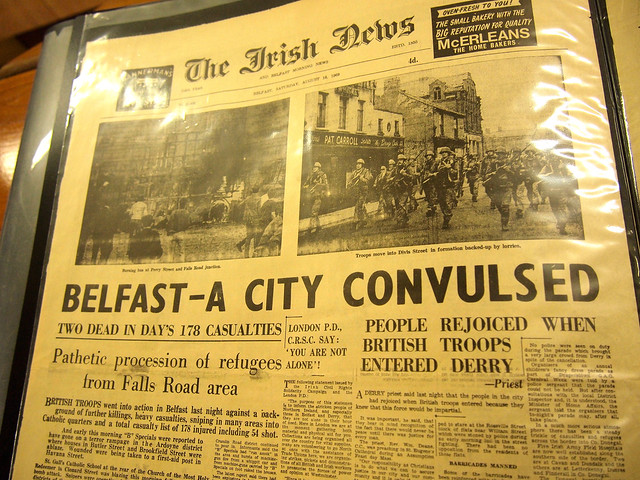
By the time 1970 rolled around, Belfast's now-iconic black cabs began operating due to the collapse of the city's public transportation. For decades, the cabs were just that — a means of transportation around a divided and warring city.
Today, however, the cab drivers also give historical tours around Belfast, sharing their memories of The Troubles.
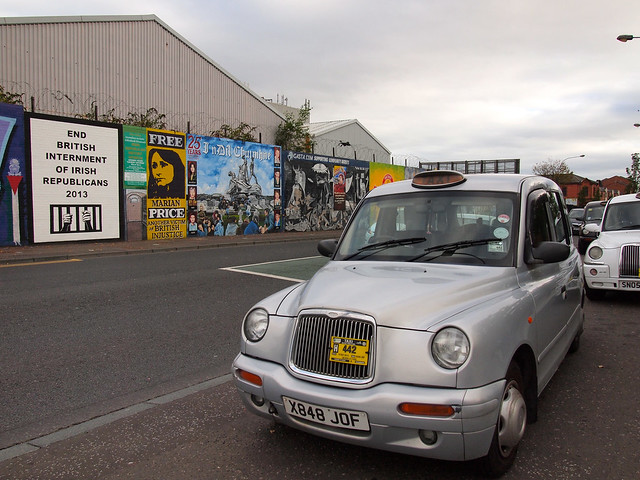
Belfast today
While a ceasefire was enacted in Belfast in 1994 and the “Good Friday” Agreement signed by both sides in 1998, tensions still exist in the city. Between 50 and 80 walls, fences, and gates still remain in place, separating one “side” from the other. Some have been reinforced and made taller just in the past decade.
“There is a kind of peace now,” Brian says. “But not a solution. It's not over yet.”
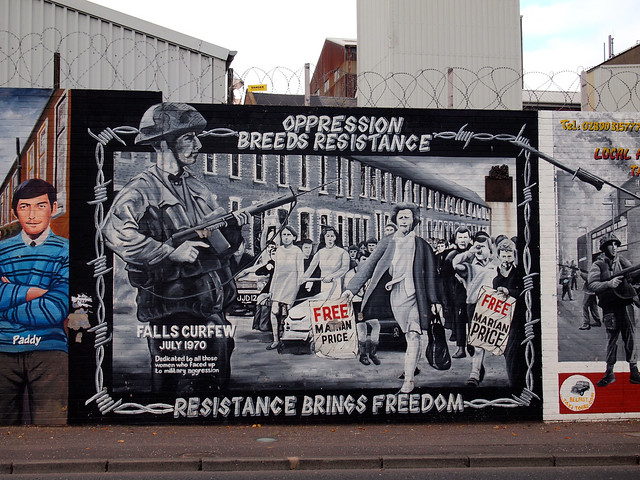
While Brian explains that most Catholics in Belfast feel that they are better off now than they were 20 years ago – there's now a shared government and religiously integrated schools, for example – The Troubles have by no means disappeared completely.
Homes near the walls still have to have metal grills or steel cages around their windows to guard against the rocks and bottles that are still frequently tossed over. Half of the city still displays the Union Jack, while the other flies the Irish tricolor flag. And, when new public housing is built in the city, Brian says it is still built with a separating wall.
Again: there may be a semblance of peace here now, but it's not over yet.
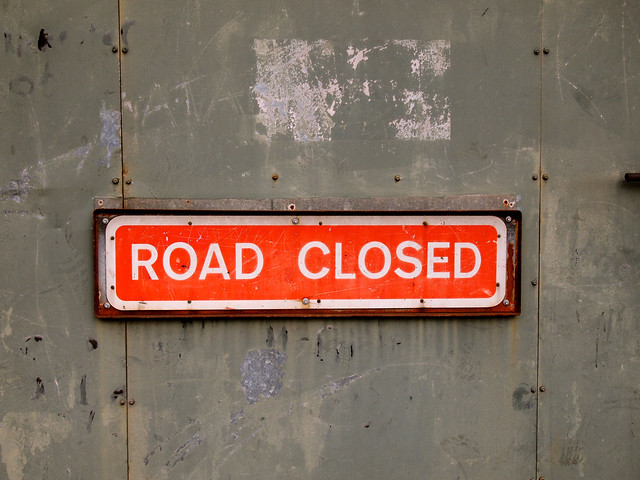
We drive around the city for nearly two hours, stopping at a small museum, a church, and various large “memorial” murals dedicated to everyone from innocent victims to assassins-for-hire.
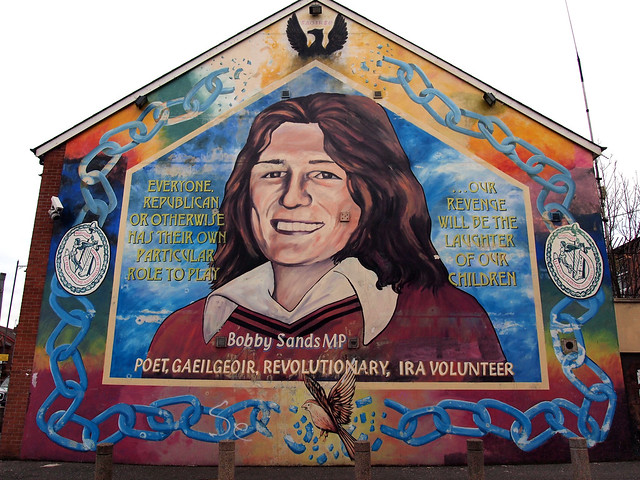
We stop at the International Wall, as well as another, taller, wall covered in graffiti that separates the Catholic Falls Road from the Protestant Shankhill Road.
Again, I can't help being reminded of Berlin.
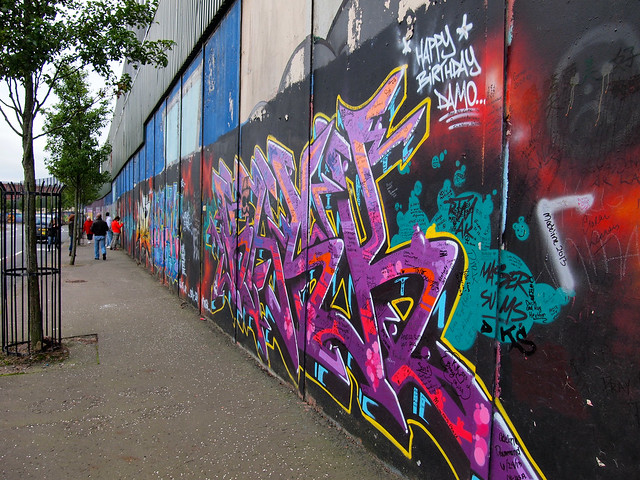
Just like in Berlin, I try to imagine what it must have been like (what it STILL must be like) to grow up in a city like this.
A city divided.
A city in which children are raised to view their neighbors – sometimes quite literally – as “the other.”
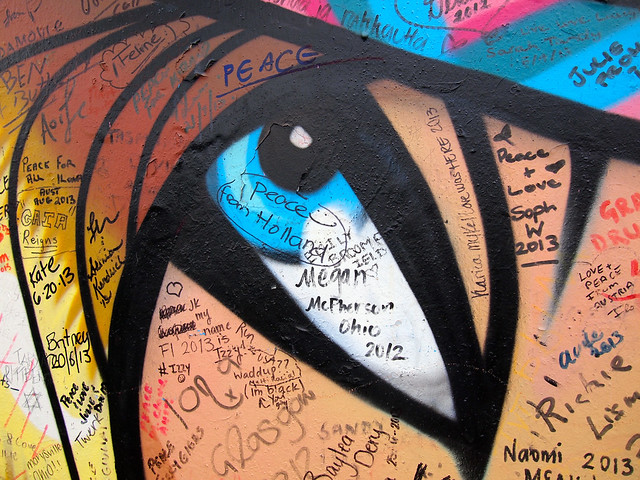
It's not all hopeless, however.
Brian tells me that the tensions ease up more and more with each passing year. He says that, in the south part of Belfast, the divisions have all but disappeared. And, he says, more and more people are beginning to accept each other regardless of which “side” they come from.
“I didn't have a Protestant friend until I went to the workplace,” Brian admits toward the end of the tour. “And it's still not something you talk about with your buddies; we talk about sport and our kids — never politics or religion. But I still remember that first time I met someone who wasn't Catholic. I remember looking for different eyes, different ears. Something, anything, that made us so… different.”
“But you know what? We look the same. We are the same.”
Hopefully someday soon the rest of Belfast can become as wise as Brian the Taxi Driver.
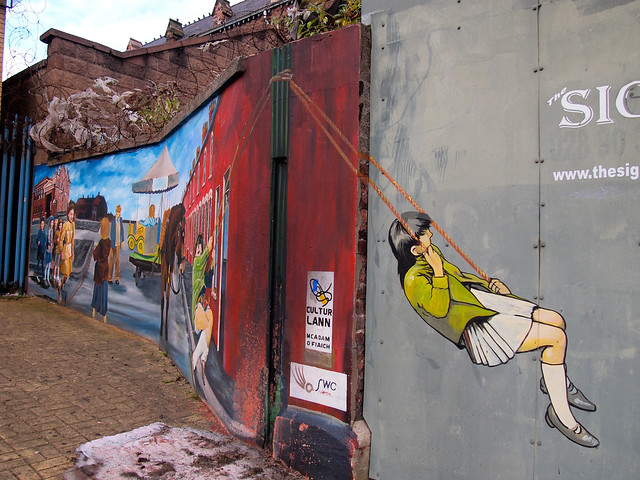
IF YOU GO
There are a LOT of Black Taxi companies offering tours around Belfast. I can't speak to any of the other companies, but I went on a tour with West Belfast Mural Tours, and can recommend them as a company that offers informative, balanced tours of both “sides” of Belfast.
This was actually booked as a combo tour to Northern Ireland from Dublin through Viator, which also included a trip to Giant's Causeway.
(And no, I didn't get a free tour or anything here — I just really enjoyed this tour and want to share it with you!)
You can also check out these tours might be of interest:
- Original Belfast Black Taxi Tour
- Belfast Troubles Historical Walking Tour
- Belfast Mural Tour
- Northern Ireland Highlights Day Trip Including Giant's Causeway from Dublin
- Game of Thrones Direwolf Tour
- Game of Thrones and Giant's Causeway Full-Day Tour from Belfast
Is a political tour like this something you would ever do on your travels?
Pin it for later:
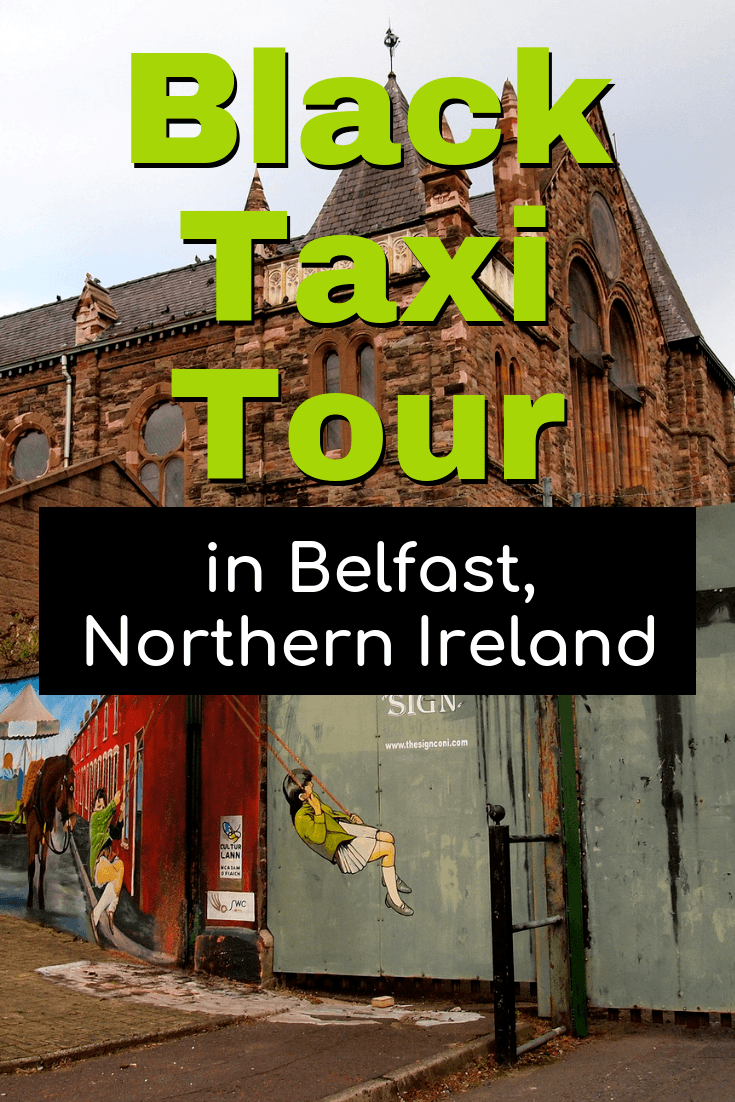
Comments
Post a Comment